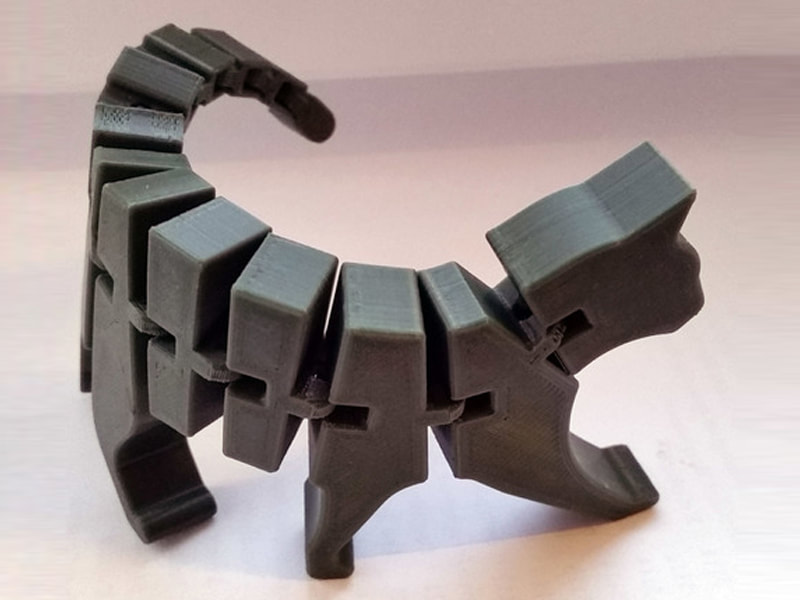
You can even open the XML to read what the part will do and modify its code directly. Note that there is no units tab in the right dialogue box, because the 3MF file includes that information.ģMF files use a human-readable XML-based format, so they can store tons of data on what needs to be created by the machine without requiring accompanying print settings in a separate file. A 3MF file being imported to Fusion 360’s mesh workspace. STLs do not even have units! Even though they carry this much data, 3MF files are still significantly smaller than STL files. For one, 3MF files carry way more information, including unit information, color and texture information for multijet prints, relative position in space, and so much more. What makes 3MF files revolutionary and special enough to abandon STL files? The improvements that 3MF brings to the table are equivalent to switching from BMPs to PDFs.

⦁ Many people are unaware of alternatives.Įnter 3MF, a file format developed by a consortium of companies working together to advance 3D printing capabilities and technologies. ⦁ 3D printers only support mesh-based files in their slicers. ⦁ STL is still the standard file format for many users. IF STL format is so terrible, why do we use it? There are three answers: As a result, we need to attach STLs with a list of manufacturing specifications when working with a team or a third party to get a part made. That is the essence of why they are so massive, inconvenient, and destructive to your geometry.Īdditionally, STLs do not carry any machine information, settings for printing, or any other helpful information needed to recreate the file. Therefore, only raw information can be carried over. Have you ever wondered why your STL can sometimes be as much as 10x the file size of your original file? Well, STLs are a mesh-based architecture, so they cannot store information as a mathematical representation.

Some people still experience faceted prints of their parts because STLs interpret your data and essentially create a facsimile of your part, not an accurate representation. With that context in mind, it makes a lot of sense why STL format was created to begin with - translating curves and compound surfaces into machine data would be an astronomical amount of code to run. STL files were designed with additive manufacturing in mind, translating design data, typically NURBS or BREP based, into a mesh for 3D printers to interpret. STL format is ancient in computer terms, as it was first released in 1987 by 3D systems.


 0 kommentar(er)
0 kommentar(er)
